Hertz 2012 Annual Report Download - page 124
Download and view the complete annual report
Please find page 124 of the 2012 Hertz annual report below. You can navigate through the pages in the report by either clicking on the pages listed below, or by using the keyword search tool below to find specific information within the annual report.-
 1
1 -
 2
2 -
 3
3 -
 4
4 -
 5
5 -
 6
6 -
 7
7 -
 8
8 -
 9
9 -
 10
10 -
 11
11 -
 12
12 -
 13
13 -
 14
14 -
 15
15 -
 16
16 -
 17
17 -
 18
18 -
 19
19 -
 20
20 -
 21
21 -
 22
22 -
 23
23 -
 24
24 -
 25
25 -
 26
26 -
 27
27 -
 28
28 -
 29
29 -
 30
30 -
 31
31 -
 32
32 -
 33
33 -
 34
34 -
 35
35 -
 36
36 -
 37
37 -
 38
38 -
 39
39 -
 40
40 -
 41
41 -
 42
42 -
 43
43 -
 44
44 -
 45
45 -
 46
46 -
 47
47 -
 48
48 -
 49
49 -
 50
50 -
 51
51 -
 52
52 -
 53
53 -
 54
54 -
 55
55 -
 56
56 -
 57
57 -
 58
58 -
 59
59 -
 60
60 -
 61
61 -
 62
62 -
 63
63 -
 64
64 -
 65
65 -
 66
66 -
 67
67 -
 68
68 -
 69
69 -
 70
70 -
 71
71 -
 72
72 -
 73
73 -
 74
74 -
 75
75 -
 76
76 -
 77
77 -
 78
78 -
 79
79 -
 80
80 -
 81
81 -
 82
82 -
 83
83 -
 84
84 -
 85
85 -
 86
86 -
 87
87 -
 88
88 -
 89
89 -
 90
90 -
 91
91 -
 92
92 -
 93
93 -
 94
94 -
 95
95 -
 96
96 -
 97
97 -
 98
98 -
 99
99 -
 100
100 -
 101
101 -
 102
102 -
 103
103 -
 104
104 -
 105
105 -
 106
106 -
 107
107 -
 108
108 -
 109
109 -
 110
110 -
 111
111 -
 112
112 -
 113
113 -
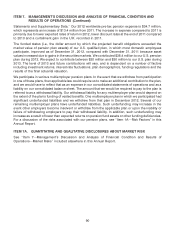 114
114 -
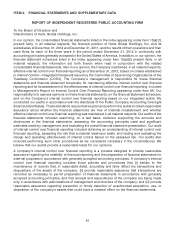 115
115 -
 116
116 -
 117
117 -
 118
118 -
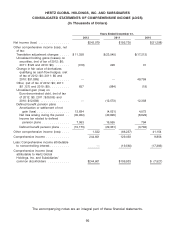 119
119 -
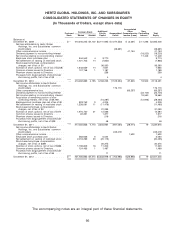 120
120 -
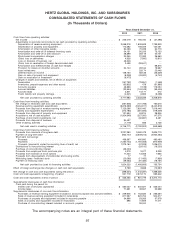 121
121 -
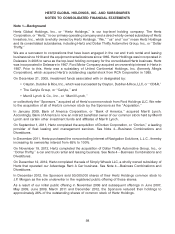 122
122 -
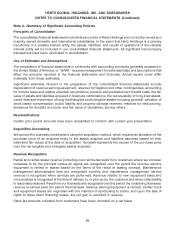 123
123 -
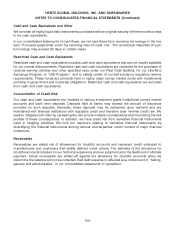 124
124 -
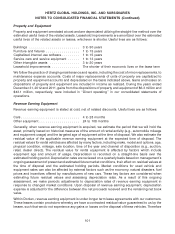 125
125 -
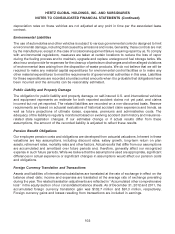 126
126 -
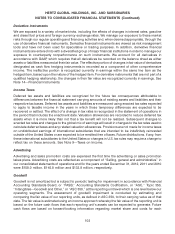 127
127 -
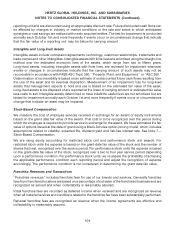 128
128 -
 129
129 -
 130
130 -
 131
131 -
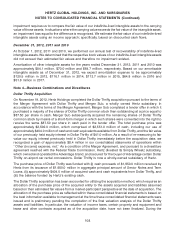 132
132 -
 133
133 -
 134
134 -
 135
135 -
 136
136 -
 137
137 -
 138
138 -
 139
139 -
 140
140 -
 141
141 -
 142
142 -
 143
143 -
 144
144 -
 145
145 -
 146
146 -
 147
147 -
 148
148 -
 149
149 -
 150
150 -
 151
151 -
 152
152 -
 153
153 -
 154
154 -
 155
155 -
 156
156 -
 157
157 -
 158
158 -
 159
159 -
 160
160 -
 161
161 -
 162
162 -
 163
163 -
 164
164 -
 165
165 -
 166
166 -
 167
167 -
 168
168 -
 169
169 -
 170
170 -
 171
171 -
 172
172 -
 173
173 -
 174
174 -
 175
175 -
 176
176 -
 177
177 -
 178
178 -
 179
179 -
 180
180 -
 181
181 -
 182
182 -
 183
183 -
 184
184 -
 185
185 -
 186
186 -
 187
187 -
 188
188 -
 189
189 -
 190
190 -
 191
191 -
 192
192 -
 193
193 -
 194
194 -
 195
195 -
 196
196 -
 197
197 -
 198
198 -
 199
199 -
 200
200 -
 201
201 -
 202
202 -
 203
203 -
 204
204 -
 205
205 -
 206
206 -
 207
207 -
 208
208 -
 209
209 -
 210
210 -
 211
211 -
 212
212 -
 213
213 -
 214
214 -
 215
215 -
 216
216 -
 217
217 -
 218
218 -
 219
219 -
 220
220 -
 221
221 -
 222
222 -
 223
223 -
 224
224 -
 225
225 -
 226
226 -
 227
227 -
 228
228 -
 229
229 -
 230
230 -
 231
231 -
 232
232 -
 233
233 -
 234
234 -
 235
235 -
 236
236 -
 237
237 -
 238
238
 |
 |
HERTZ GLOBAL HOLDINGS, INC. AND SUBSIDIARIES
NOTES TO CONSOLIDATED FINANCIAL STATEMENTS (Continued)
Cash and Cash Equivalents and Other
We consider all highly liquid debt instruments purchased with an original maturity of three months or less
to be cash equivalents.
In our consolidated statements of cash flows, we net cash flows from revolving borrowings in the line
item ‘‘Proceeds (payments) under the revolving lines of credit, net.’’ The contractual maturities of such
borrowings may exceed 90 days in certain cases.
Restricted Cash and Cash Equivalents
Restricted cash and cash equivalents includes cash and cash equivalents that are not readily available
for our normal disbursements. Restricted cash and cash equivalents are restricted for the purchase of
revenue earning vehicles and other specified uses under our Fleet Debt facilities, for our Like-Kind
Exchange Program, or ‘‘LKE Program,’’ and to satisfy certain of our self-insurance regulatory reserve
requirements. These funds are primarily held in highly rated money market funds with investments
primarily in government and corporate obligations. Restricted cash and cash equivalents are excluded
from cash and cash equivalents.
Concentration of Credit Risk
Our cash and cash equivalents are invested in various investment grade institutional money market
accounts and bank term deposits. Deposits held at banks may exceed the amount of insurance
provided on such deposits. Generally, these deposits may be redeemed upon demand and are
maintained with financial institutions with reputable credit and therefore bear minimal credit risk. We
seek to mitigate such risks by spreading the risk across multiple counterparties and monitoring the risk
profiles of these counterparties. In addition, we have credit risk from derivative financial instruments
used in hedging activities. We limit our exposure relating to derivative financial instruments by
diversifying the financial instruments among various counterparties, which consist of major financial
institutions.
Receivables
Receivables are stated net of allowances for doubtful accounts and represent credit extended to
manufacturers and customers that satisfy defined credit criteria. The estimate of the allowance for
doubtful accounts is based on our historical experience and our judgment as to the likelihood of ultimate
payment. Actual receivables are written-off against the allowance for doubtful accounts when we
determine the balance will not be collected. Bad debt expense is reflected as a component of ‘‘Selling,
general and administrative’’ in our consolidated statements of operations.
100
